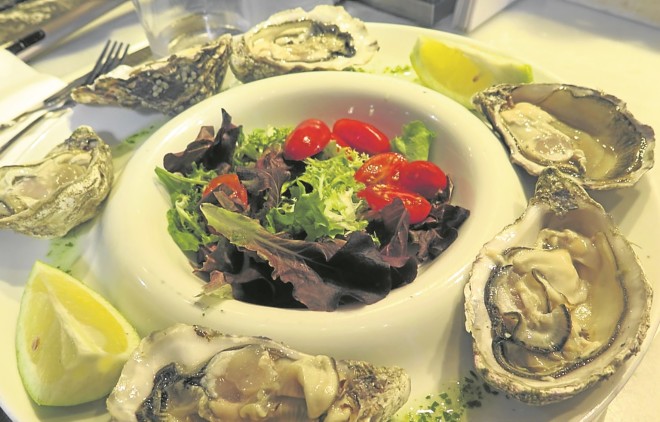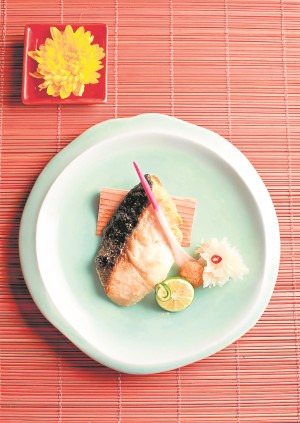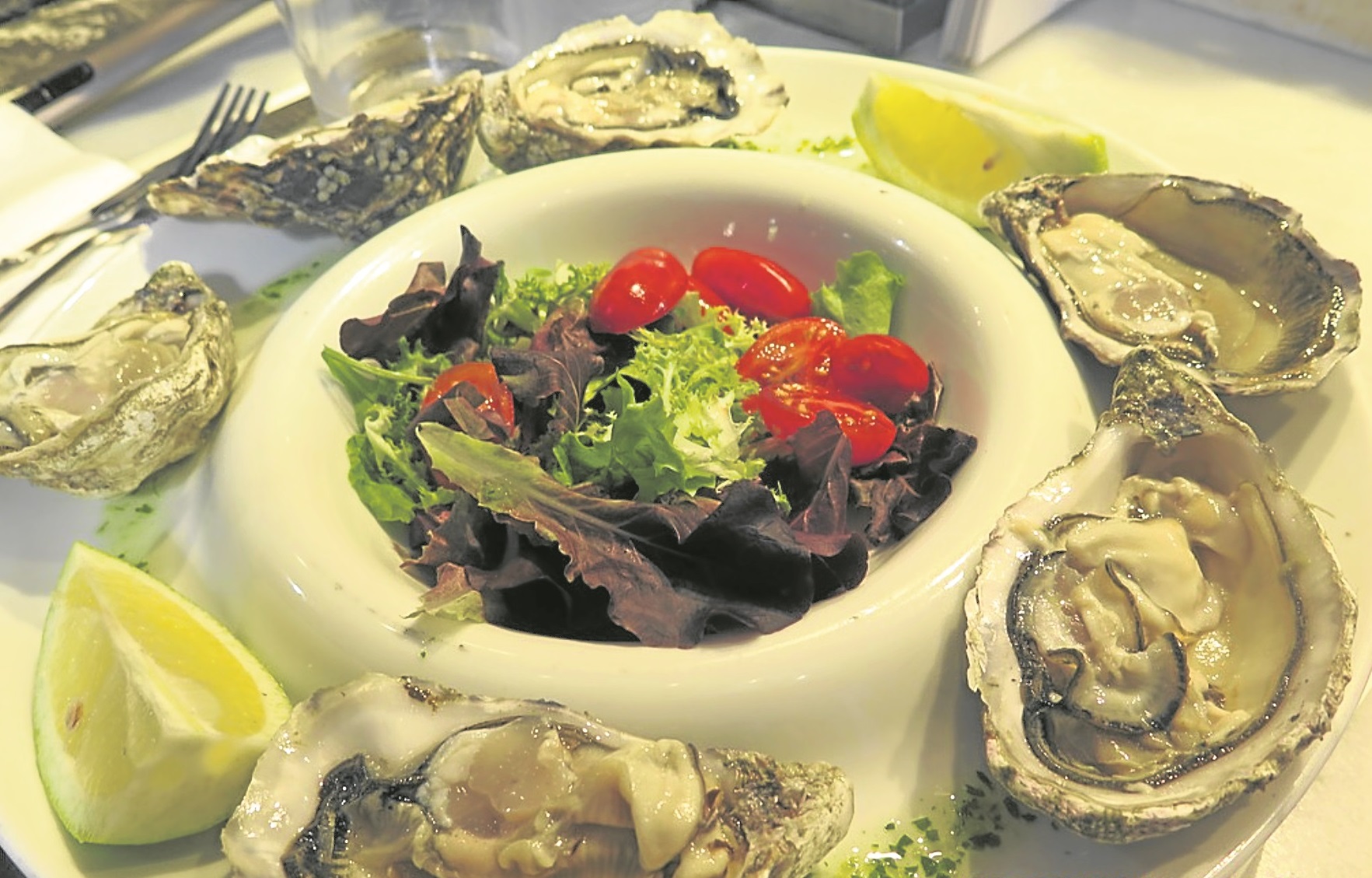
When the newspaper wrapping was removed, the fish looked like talakitok. Gina Navarro, whose family owns Estrel’s Caramel Cake, said it was called simbad in her hometown, Oriental Mindoro, and that it thrives in Naujan Lake.
It reminded me of maliputo, a prized, expensive fish found in Taal Lake in Batangas. On my first trip to Taal, the maliputo was cooked two ways—as sinigang (sour soup) and inihaw (charcoal-grilled).
But the fish could have been an ordinary talakitok since one can’t tell just by looking. You’d have to trust the seller that it comes from Taal waters, where the mix of volcanic matter gives it excellent flavors.
But the simbad was excellent, cut in three—the head and tail reserved for sinigang, and the middle portion grilled.

It was a fitting Sunday lunch for the family. The fish meat was milky, bringing back memories of the first time I tasted the simbad—also through Navarro who brought two big pieces to a Christmas party. As Glenda Barretto cooked them in an electric griller, I eyed the fish’s best part, the fatty stomach.
I noted that the simbad isn’t mentioned in “Fishes of the Philippines” by Genevieve Broad (Voluntary Service Overseas, UK; Anvil Publishing, 2003). It’s also not in Alan Davidson’s “Seafood of South-East Asia” (Ten Speed Press, 1976 and 2003), where the author identifies a particular fish as Bigeye Trevally, a Carangid fish that Filipinos refer to as maliputo.
More fish
Speaking of fish, in Leyte I had my first taste of tinolang alumahan—with a subtle sour flavoring of tomato and calamansi enhancing its freshness.
My last trip to Spain wasn’t just about pork, but also about glorious marine food. In Malaga by the sea, our hosts, the owners of Faccsa Prolongo ham and sausage factory, offered the best dishes of that region at the Restaurante Juan by the boardwalk.
There was almeja or white clam in olive oil and garlic, pescaito frito or fried anchovies, steamed shrimps and scallops.
What probably made the dinner more memorable was Claude Tayag cooking adobong pusit as an example of Filipino adobo, and the restaurant chef whipping up Spanish adobo, fish marinated in vinegar and other spices like paprika.
In one of the market stalls in Barcelona called La Boqueria, Marie, a Filipino woman, served almejas tipo navaja (razor clams) cooked in olive oil and garlic and fresh oysters in their shells.
There were also big salted anchovies served with different kinds of olives, garlic, potatoes, with olive oil.
Japanese seafood
My latest fresh seafood experience was at Inagiku, the Japanese restaurant of Makati Shangri-La. Part of the 11-course autumn menu of “Taste Japan,” cooked and served by chef Watara Hikawa and restaurant manager Yoshio Ishikawa was Gindara Misoyaki or silver cod marinated in miso, and the Udon Suki Nabe, assorted seafood and shellfish with vegetables and noodles.
There were, of course, sashimi and ebi tempura which had a dip of salt and matcha (green tea) powder—the better to appreciate the fresh shrimp, I was told.
Like the seafood in Leyte, Malaga and Barcelona, and at Inagiku, the fatty freshness of simbad from Naujan Lake will forever be in my palate’s memory. It is my main reason to want to go to Mindoro, one of the few provinces in the country I haven’t been to.
E-mail the author at [email protected]









































